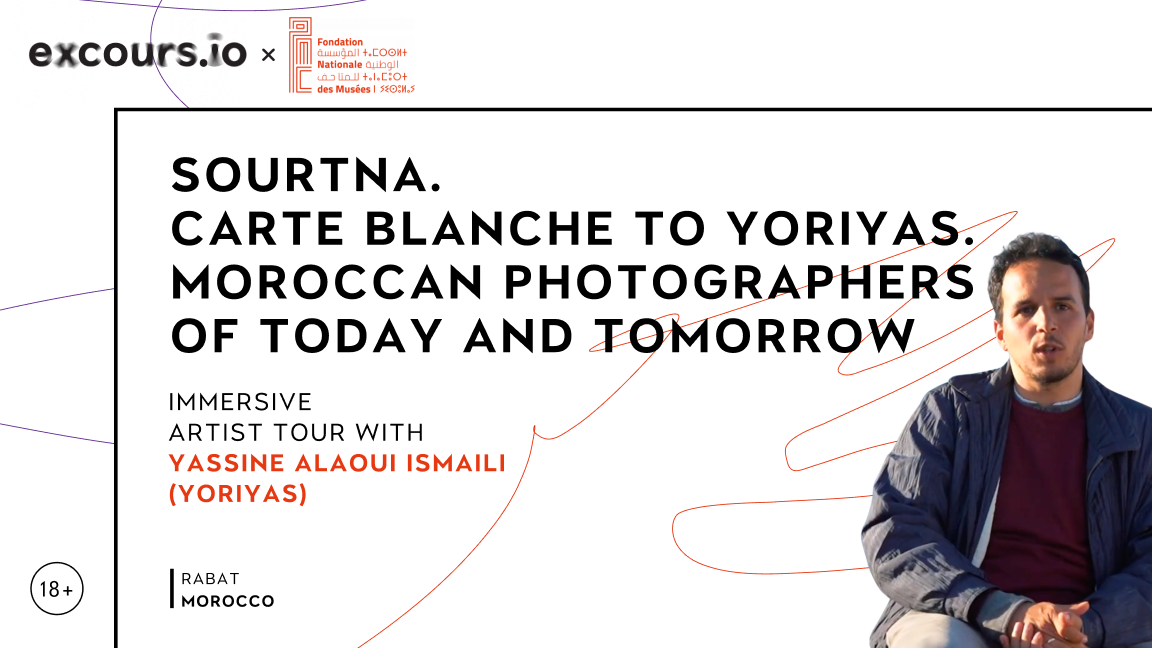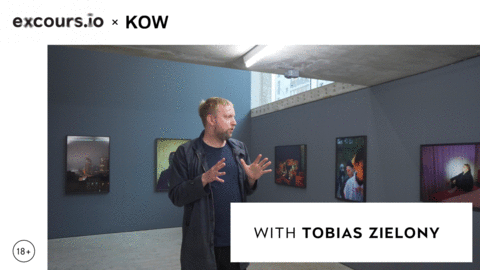Sourtna. Carte Blanche to Yoriyas. Moroccan Photographers of Today and Tomorrow
The exhibition Sourtna. Carte Blanche to Yoriyas. Moroccan Photographers of Today and Tomorrow opens Morocco’s first National Museum of Photography, showcasing contemporary Moroccan image-makers. Inaugurated in January 2020 within Rabat’s historic Fort Rottembourg, a landmark built in 1888, this institution makes art accessible to diverse neighborhoods. The project expands cultural access, reflecting Morocco’s commitment to visual self-expression and societal reflection through its artists. Curated by acclaimed photographer Yassine Alaoui Ismaili (Yoriyas), it consciously bridges generations, presenting established and emerging talents. Visitors discover how local photographic voices capture a nation’s evolving identity and foster community connections.
Why should you watch this?
The film Sourtna shows how a new museum and a young curator-photographer can redraw a nation’s visual story, making photographic practice public and collective. Set in Fort Rottembourg and curated by Yoriyas, it stitches together established names and smartphone images, moments of youth, family, and bold questions of identity. Seeing a rooftop portrait side-by-side with a grainy phone frame feels both intimate and political; listening to artists talk about transmission between generations moves from pride to urgency. The film leaves a clear charge: when communities claim their image-making, they reshape history and open space for conversation and belonging.
Tobias Zielony. Maskirovka [Concealment]
Why should you watch this?
Tobias Zielony’s “Maskirovka” is a compelling reflection on the resilience and creativity of Kyiv’s queer techno scene, resonating profoundly in today’s world marked by social and political upheaval. Set against the backdrop of the post-Maidan era, this exhibition underscores the ongoing struggle for identity and belonging in the face of repression and misinformation, themes that echo in various global contexts today. By employing the concept of “maskirovka”—a tactic of deception used in conflict—Zielony captures how both artists and activists navigate the complexities of expression and resistance. His photographs and dynamic animated film form a visual narrative that invites critical reflection on the intersection of culture, politics, and personal agency. As societies grapple with fragmentation and polarization, “Maskirovka” reminds us of the power of art to forge connections, challenge norms, and provoke dialogue, making it an essential commentary on contemporary struggles for freedom.


